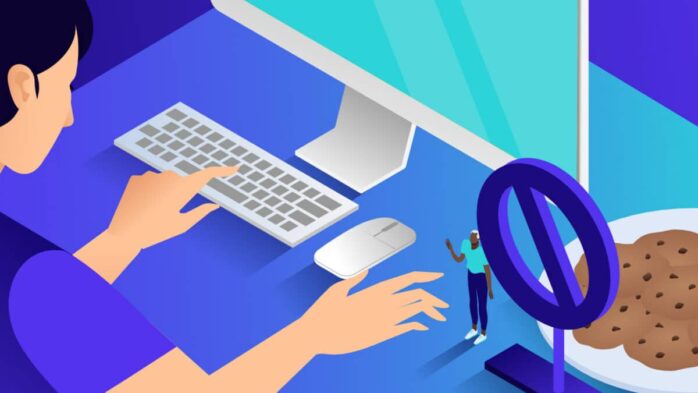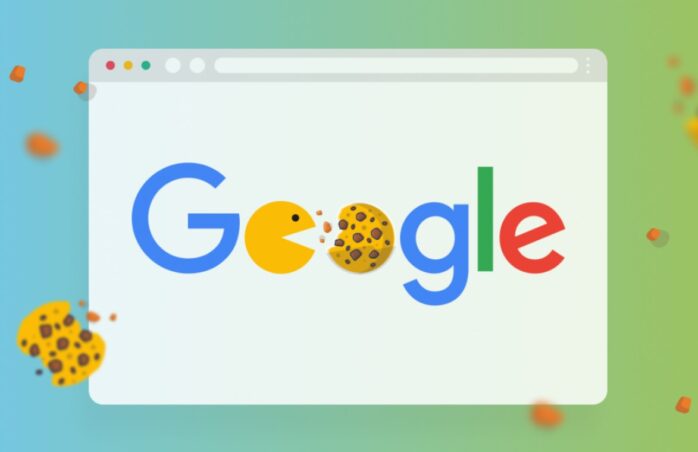As internet users, we’ve become accustomed to giving our consent to storing cookies on every website that we enter – to such a level that we are surprised when such a window does not pop up.
Cookies are a crucial part of the internet that we know – from saving the settings that we have on a website, to personalized advertisements – all of that stems from them.
But, with the support for third-party cookies stopping in the main browsers, some of this might soon change. So, what is the cookieless future? Find out in this article!
Cookieless Future: Why?

Third-party and first-party cookies have been extensively used for years, yet recently there has been a more rapid shift towards giving up on the former.
It isn’t surprising though – third-party cookies did in fact come with numerous risks and drawbacks. So, why will the support for them stop?
- Privacy – In the wrong hands, third-party cookies may be used to create a truly detailed profile of internet users, with browsing habits, personal information, and preferences.
- Security – Third-party cookies may also be used by harm-doers. With them, cyber-criminals may track users, steal their personal information, or deliver malware.
- Transparency – Although widely used, a plethora of users simply do not realize that they are tracked by these cookies and thus are unaware of the risks.
Cookieless Future: When?

Many browsers stopped supporting third-party cookies a few years ago. Yet, with Google Chrome being the dominant browser (controlling ~65% of the market), it is their announcement that truly sparked up discussions about the cookieless future.
Currently, the announced time for the final elimination of third-party cookies support in Chrome is Q3 2024.
Yet, efforts towards this goal will already be started in the last quarter of 2023, when the Privacy Sandbox will be introduced, with some support for third-party cookies disappearing as early as Q1 2024.
Cookieless Future: What?
Knowing that the cookieless future is about to come, this leaves us with one burning issue – what will be next?
It is hard to believe that advertisers will give up on such a level of personalization as they currently have with third-party cookies still on, so what is going to be the alternative? Well, there are some options.
The already mentioned Privacy Sandbox is one of them. As a tool introduced by Google to substitute third-party cookies, it’s supposed to be the ideal middle ground between the privacy of the cookieless world and the effectiveness of third-party cookies. It encompasses many features, such as:
- Topics API – Depending on the visited websites, topic tags will be assigned to each user, thus letting advertisers group them on the basis of this criterion without interfering with their privacy.
- Protected Audience API – Used mainly for remarketing, this function is designed to remind users about products they saw in a more secure way. The websites will send a signal to a user’s browser that they want to remarket, and the algorithm within the browser will display the ad when the user stumbles across advertising space.
It’s worth noting that the Privacy Sandbox is still being developed, and some functions, such as was the case with FLoC API, may disappear, while others may be added.
The Takeaway

So, knowing why, when and what is the cookieless future, one question remains: when should you start preparing for it?
The sooner the better – you’ll get hands-on experience on the alternatives and won’t feel the market tremble of this switch when it occurs.



















